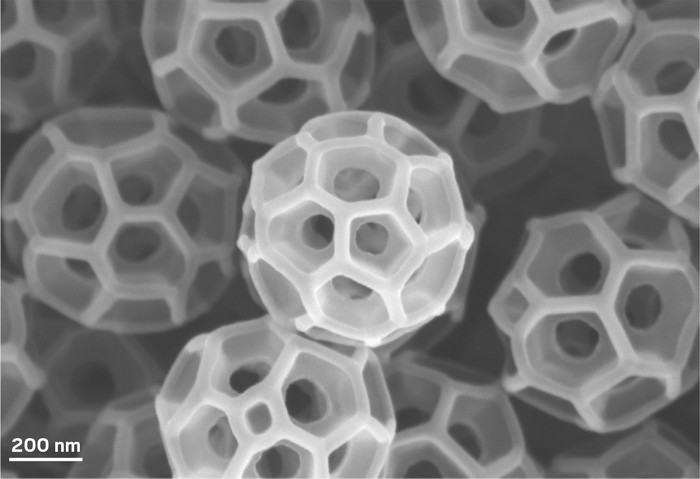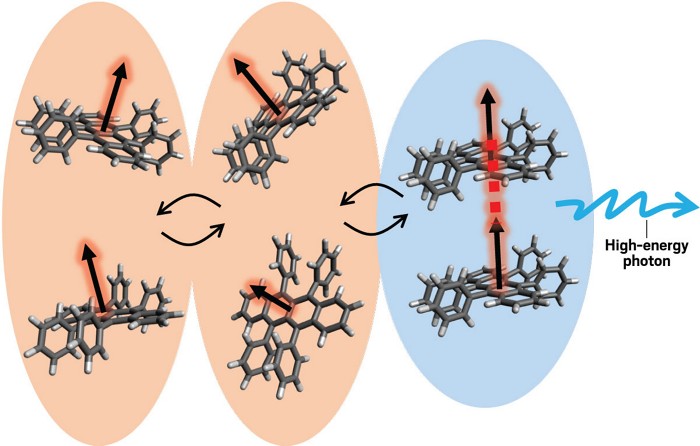Advertisement
Grab your lab coat. Let's get started
Welcome!
Welcome!
Create an account below to get 6 C&EN articles per month, receive newsletters and more - all free.
It seems this is your first time logging in online. Please enter the following information to continue.
As an ACS member you automatically get access to this site. All we need is few more details to create your reading experience.
Not you? Sign in with a different account.
Not you? Sign in with a different account.
ERROR 1
ERROR 1
ERROR 2
ERROR 2
ERROR 2
ERROR 2
ERROR 2
Password and Confirm password must match.
If you have an ACS member number, please enter it here so we can link this account to your membership. (optional)
ERROR 2
ACS values your privacy. By submitting your information, you are gaining access to C&EN and subscribing to our weekly newsletter. We use the information you provide to make your reading experience better, and we will never sell your data to third party members.
Photonics
Chemistry In Pictures
Chemistry in Pictures: Butterfly effect
by Manny I. Fox Morone
July 28, 2020

These wings from a Morpho butterfly are normally bright blue thanks to structural color. Because the nanosized spacing between the wings’ scales (micrograph) matches blue light’s wavelength (between 400 and 500 nm), when white light hits the wings, this iridescent blue is amplified while other colors are tamped down. However, when YouTuber Tommy Technetium gets the wings wet and the liquid fills those small gaps between the scales, the liquid warps the light’s wavelengths such that 400–500 nm wavelengths correspond to a greener color, which is what we see when liquid nitrogen is poured onto the wings (above).
Other liquids create different colors, like the isopropyl alcohol solution in the video below and the other liquids in the multipanel image. Those other liquids are as follows: (a) air; (b) n-hexane; (c) ethanol; (d) water; (e) 400:1 methanol/Triton X solution before methanol evaporation; (f) Triton X-treated wing after methanol evaporation; (g) Triton X-treated wing with water; (h) Triton X-treated wing with saturated sugar water; (i) Triton X-treated wing gently rinsed and wet with water; (j) acetone; (k) toluene; (l) water.
Credit: Tommy Technetium (videos, Subscribe to his YouTube channel, and follow @pchemstud on Twitter); GE Research (micrograph); J. Chem. Educ. 2018, 10.1021/acs.jchemed.7b00463 (multipanel image)
Do science. Take pictures. Win money. Enter our photo contest here.





Join the conversation
Contact the reporter
Submit a Letter to the Editor for publication
Engage with us on Twitter